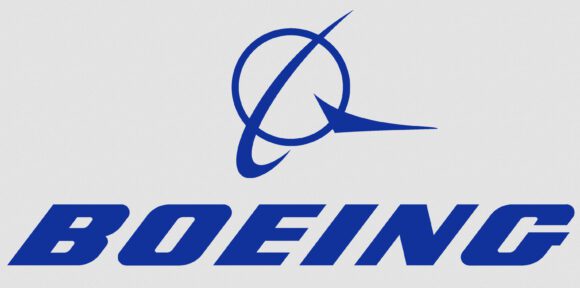
IMG 8159
This morning, Embraer announced this news. This settlement appeared close during the recent air show, where your correspondent saw a senior Boeing executive visit the Embraer chalet and exchange hugs with the Brazilians. The end of this saga is welcome news, as the disruption has long passed. Embraer is stronger than ever, and Boeing has not had an easy time, working through several challenges.
Marcelo Motta at JP Morgan notes: “As a result, Embraer will receive US$150mn from Boeing in gross proceeds, representing ~2.2% of its market cap. We believe this cash inflow will be used to improve Embraer’s leverage position, lowering its net debt to adj. EBITDA to around 1.8x vs 2.0x as of 2Q24. Moreover, this amount of US$150mn (subject to local taxation) compares with our expectation of US$300-400mn, which included the full reimbursement of carve-out and carve-in costs plus fines. We see this announcement as marginally negative as the cash received was below ours and likely street expectations. Nonetheless, it helps Embraer to further deleverage its operations, in addition to bringing upside to our estimates as we were not including any inflow from Boeing in our model. We remain OW on Embraer due to its positive operational momentum...”
At the time of the deal breakup, there was talk about a $100 million breakup fee. This means the settlement brings a 50% premium, which is welcome for Embraer. During the break, Embraer was not in a good place. Aengus Kelly (CEO of AerCap) told the European Commission: “It just won’t happen that Embraer is a viable long-term competitor standalone, against the power of Airbus.”
In fact, after the deal broke up, there were several bleak views on how Embraer was going to get through this. Embraer, at the time, reflected its dismay, having torn the commercial aviation division from the rest of the company. We noted that a WTO impact would also be on the cards if the deal went through.
Now, here we are; both firms went their way.
- Boeing still does not have a sub-150-seater airplane ready for one of its biggest customers, Southwest Airlines. Its MAX, 777X, and 787 programs have had to weather several disruptions. These events almost certainly ensured Boeing would not have been able to give the JV the attention it needed. For Boeing, not having the additional distraction of the JV turned out to be a positive.
- Embraer can’t market its E175-E2 because of the US Scope Clause. But Embraer is starting to see some success with its other E2 models, though not as much as it wants. A bright spot for Embraer has been its C-390 winning business. Even as Embraer has successfully fought back, it still has to face off against Airbus alone. Embraer is stronger than it was, but not as strong as it might have been inside the JV.
Boeing continues to work through its challenges with no JV distraction. Embraer is looking elsewhere for allies, if not a JV. The growing BRICS group provides the current potential, with India and Saudi Arabia as valuable partners.
Views: 14




